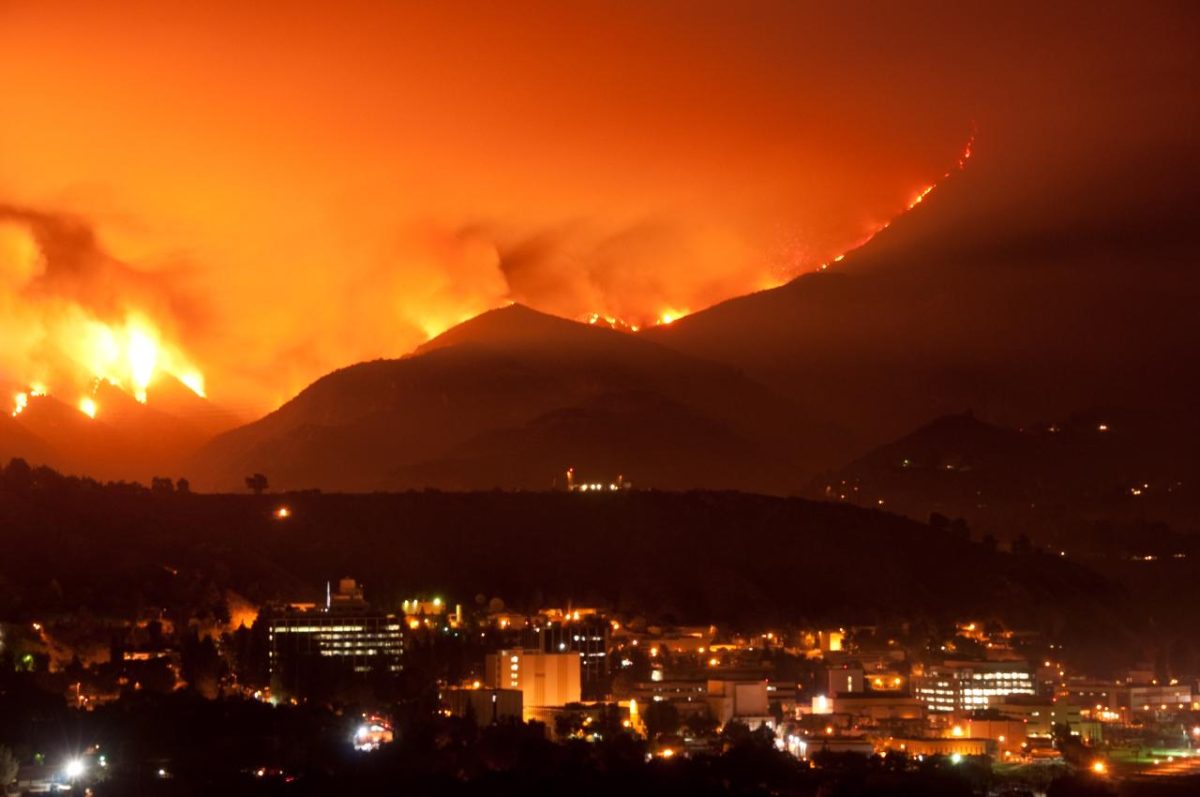According to a study released earlier in the month, a ‘former’ unknown relative of the Tyrannosaurus rex’s fossil has been discovered. The T-rex was one of the most ferocious creatures of the Cretaceous period, let alone to walk on the planet. This surprising news could help paleontologists work out another step towards understanding more about the violent creature that once ruled the world.
Although parallel in size to the T-rex, the Tyrannosaurus mcraeensis, or T-mac roamed Earth around 7 million years before the T-rex emerged. However, the T-mac’s bones were actually discovered decades before its name was given. Due to the familiar size of the bones, they were categorized as T-rex by the New Mexico Museum of Natural History & Science. The museum had good reason for this false categorization as it grew up to 39 feet, weighing 10 tons.
There were two grand differences between the T-rex and the T-mac. First, the lower jaw of the T-mac was much slender than the T-rex. The lower jaw of the T-rex was relatively robust and with that the T-rex had an overall stronger bite force. Although having bigger teeth, the T-mac couldn’t be outdone by the T-rex in this category. Second, the T-mac didn’t have a prominent ridge over its eyes like the T-rex. Scientists believe that the T-rex’s ridge was used to assist them in attracting mates.
The research team that unveiled the site of the specimen’s unearthing will return to the rock formation in hopes of finding more bones. Coauthor of the study, Anthony R. Fiorillo stated that the grand size of the T-mac has caused the research team’s investigation to be shifted to the environment where the bones were found. The reason they need to investigate is to find out what it was about New Mexico that was so special and important that the adaptation of this animal was to get big.
Overall, scientists have been enthusiastic towards discovering more about this prehistoric creature, time will tell as they identify more.




